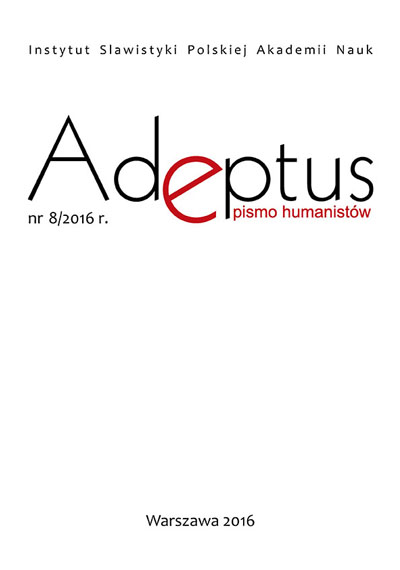Z historii leksemów: gzić się, grzać się, parzyć się, bzykać się
From the history of the lexemes gzić się, grzać się, parzyć się, bzykać się
Author(s): Zuzanna KrótkiSubject(s): History, Language studies, Language and Literature Studies, Cultural history, Theoretical Linguistics, Applied Linguistics, Recent History (1900 till today), Lexis, Semantics, Historical Linguistics, Sociolinguistics, Western Slavic Languages, Philology
Published by: Instytut Slawistyki Polskiej Akademii Nauk
Keywords: semantics; history of the Polish language; taboo; vulgarism;
Summary/Abstract: The present article undertakes a semasiological analysis of four Polish vulgarisms associated with sexual intercourse: gzić się, grzać się, parzyć się, bzykać się. Taking is the point of departure their etymology, it investigates the changes in the meanings of these units. It was discovered that initially the analysed lexemes communicated a very wide range of content, far from their contemporary semantic structure. Successively, some of their senses were rearranged, causing these units to become attributed to animal copulation and later to human sexual intercourse. However, it was until the mid-20th century that the analysed verbs have come to play the role of vulgarisms.
Journal: Adeptus
- Issue Year: 2016
- Issue No: 08
- Page Range: 80-92
- Page Count: 13
- Language: Polish

